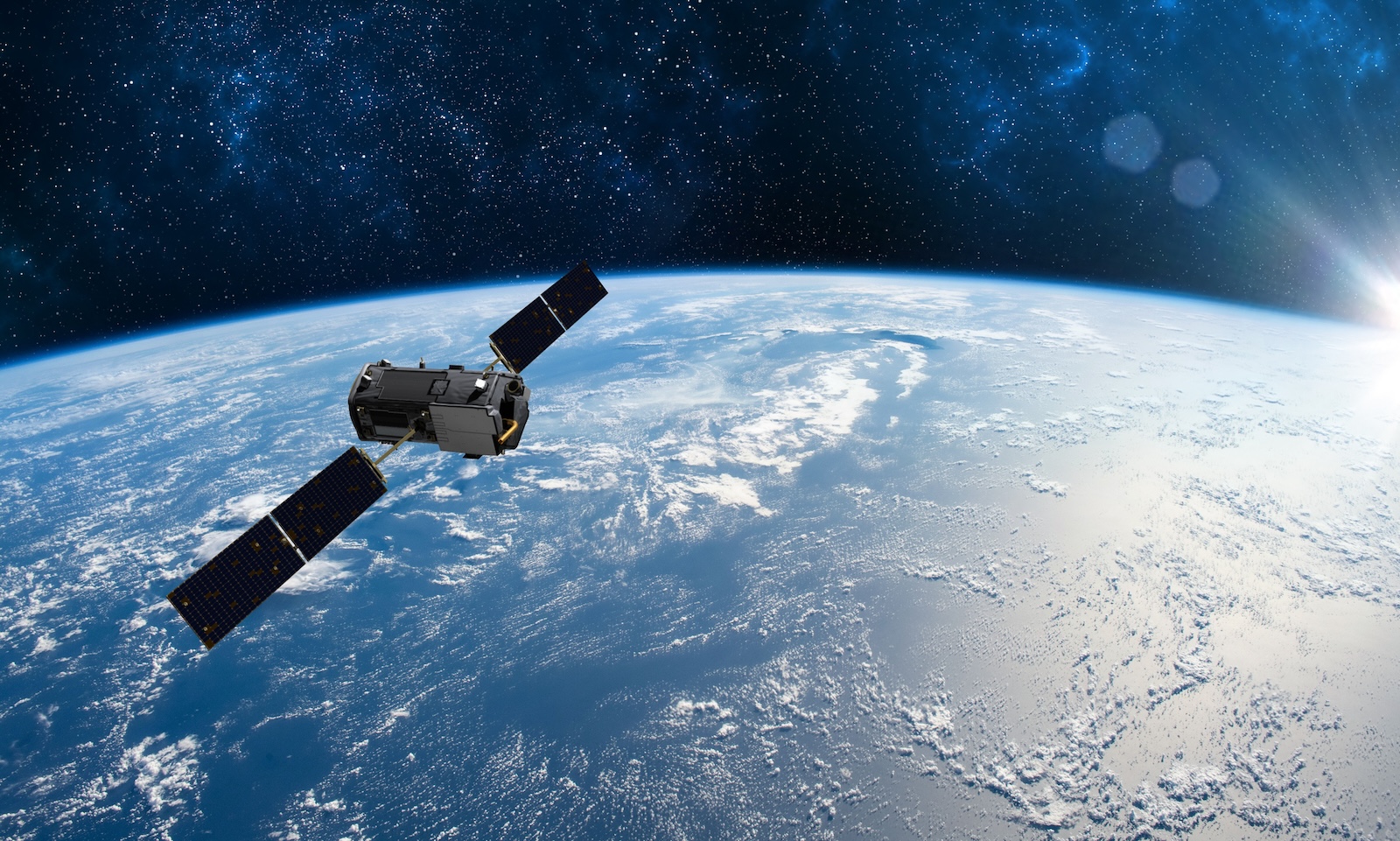Technology is critical in ensuring and enhancing safety within the aviation industry. From advancements in aircraft maintenance to the emergence of electric aircraft for safe and sustainable flights, the impact of technology impacts all aspects of aviation research and development.
Overview of Current Advancements in Aviation Technology
As venerable as the industry is, aviation technology is undergoing rapid advancements, reshaping how we fly and making air travel safer and more environmentally friendly. Here are a few examples:
- Electric aircraft, pioneered by industry giants like Airbus and Boeing, and powered by highly energy-dense batteries, are on the horizon, promising eco-friendly, quieter flights.
- Cockpit automation is evolving with increasingly sophisticated auto-pilot and auto-landing systems, reducing pilot workload and enhancing flight precision.
- Sustainable Aviation Fuels (SAF) are gaining a foothold, offering the prospect of a green alternative to traditional jet fuels and reducing carbon emissions.
- Advanced materials, such as lightweight carbon composites, may make aircraft more fuel-efficient and environmentally friendly.
- NextGen air traffic management enhances airspace efficiency and safety with satellite-based navigation and communication systems.
- Urban Air Mobility (UAM) is emerging, with electric vertical take-off and landing (eVTOL) aircraft aiming to transform urban transportation.
- Hydrogen-powered aircraft represent another potential path to zero-emission aviation.
These advancements collectively show a commitment to safer, more sustainable and technologically advanced air travel, with further developments on the horizon.
How Has Automation Revolutionized Aviation Maintenance and Safety?
In the past, aircraft maintenance was mainly done by people checking and fixing things manually. Now, automation uses computers and smart systems to monitor and predict when parts of an aircraft need maintenance. This means issues can be spotted before they become big problems, making flying safer.
Automation has also improved safety by helping pilots during flights. For instance, autopilot systems can take over and guide the plane in emergencies, reducing the chance of human error.
The aviation industry’s transition from manual to automated maintenance processes and the integration of advanced technologies like autopilot systems have collectively elevated aviation safety to unprecedented levels, ensuring smoother, more reliable, and safer flights for passengers worldwide.
What Are the Current Advances in Navigation Technology to Improve Pilot Safety and Efficiency?
Navigation technology is constantly evolving to enhance pilot safety and efficiency. One significant, longstanding advancement is using global positioning systems (GPS), which helps pilots pinpoint their exact location in the sky. This accuracy is crucial for avoiding collisions and ensuring smooth flights.
New digital charts and mapping tools also provide pilots with up-to-date information about airports and routes, reducing the risk of getting lost or making navigation errors.
The implementation of satellite-based communication systems enables real-time communication between pilots and air traffic controllers, ensuring clear and efficient instructions.
How Have We Expanded the Role of Artificial Intelligence (AI) in Air Travel?
AI-driven predictive maintenance systems analyze vast amounts of data from sensors and equipment on planes, enabling airlines to predict when components need servicing or replacement. This proactive approach reduces the risk of in-flight malfunctions, ensuring that aircraft are in optimal condition.
AI also assists pilots during flights by providing real-time data analysis and predictive analytics. Automated systems can identify and address potential safety concerns, such as weather changes or navigation adjustments, helping pilots make informed decisions and avoid dangerous situations.
AI-powered collision avoidance systems can detect nearby aircraft and obstacles, issuing timely alerts to prevent accidents.
Additionally, AI contributes to air safety through improved air traffic management. AI algorithms help optimize air traffic flow, reducing congestion in the skies and minimizing the risk of mid-air collisions.
How Are AI-Enabled Autopilots Transforming the Flight Industry?
AI-enabled autopilots use intelligent computer systems to help control planes, which has outsized benefits. First, these systems make flying safer by watching for issues such as turbulence and adjusting the plane’s path quickly. This means fewer incidents and smoother flights for passengers.
Second, autopilot systems ease the workload on pilots, such as handling routine tasks like keeping the plane level.
Third, autopilot systems save fuel by selecting the best route and adjusting for wind and weather, which is good for the environment and lowers costs. Plus, they make landings more precise, especially in tricky conditions.
What Does AI Mean for Aircraft Maintenance and Safety?
AI plays a crucial role in predictive aircraft maintenance. It uses intelligent systems to analyze data from sensors and equipment on planes. This helps predict when parts might need repair or replacement.
By spotting potential issues before they become major problems, AI reduces the risk of in-flight malfunctions, making air travel safer.
What Are the Different Types of AI Used in Modern Aircraft Systems?
Modern aircraft systems incorporate various types of AI to enhance safety, efficiency, and overall performance. Here are two examples that showcase how different types of AI are integrated into modern aircraft systems:
- Machine Learning: Machine learning is a type of AI that allows software applications to learn from data. Airlines like Lufthansa are using machine learning to analyze historical maintenance data to predict when aircraft parts need servicing. This helps reduce unplanned maintenance and improve flight safety.
- Neural Networks: Collision avoidance systems like the Traffic Alert and Collision Avoidance System
(TCAS) use neural networks. TCAS analyzes radar and transponder data to provide pilots with real-time collision avoidance advisories, preventing mid-air collisions.
What Is the Role of AI in Air Traffic Management?
Predictive analytics powered by AI enables controllers to foresee traffic patterns and potential congestion, allowing proactive route optimization to reduce delays and save fuel. Moreover, AI-driven collision avoidance systems, like the TCAS, constantly monitor aircraft positions, issuing alerts to prevent mid-air collisions in crowded airspace.
Weather forecasting is also improved through AI, offering more accurate and timely information for route planning and avoiding severe weather conditions. AI optimizes flight routes in real time, considering factors like wind patterns and traffic volume, leading to fuel savings, reduced emissions, and lower airline operational costs.
What Are the Challenges and Opportunities for Increasingly Autonomous Flight Systems?
There are some challenges for autonomous flight systems, including ensuring safety and managing regulatory hurdles, as current aviation regulations were designed with human pilots in mind.
Autonomous systems are vulnerable to cyberattacks that could compromise safety, and understanding how humans interact with autonomous systems becomes crucial as autonomy increases. Ensuring that pilots and air traffic controllers can effectively collaborate with autonomous systems is key.
On the infrastructure side, advancements in battery technology are poised to provide sufficient energy density to power electric and hybrid-electric autonomous aircraft for extended flights.
Autonomous systems have the potential to reduce accidents caused by human error, and as these systems take over routine tasks, pilots can focus on critical decision-making, potentially decreasing fatigue and stress.
Ultimately, the development of autonomous flight technology fosters innovation and pushes the boundaries of what is possible in aviation. This could lead to entirely new modes of air travel.
How Can Drones Revolutionize Air Traffic Control Systems in the Near Future?
One significant advantage to drone deployment is real-time monitoring. Drones can carry sensors and cameras to gather data on weather conditions and air quality. This data can be incredibly valuable for air traffic controllers, allowing them to make more informed decisions and keep flights safe.
Moreover, the idea of remote towers is gaining traction. Air traffic controllers could oversee several airports from one central location, making operations more efficient and cost-effective, particularly for smaller airports.
However, ensuring safe integration into traditional airspace is essential, where technologies like Unmanned Traffic Management (UTM) systems come in. These systems help manage drone traffic and ensure they coexist safely with traditional aircraft.
By integrating drones into air traffic control systems, we can better use this space, reducing congestion and opening new possibilities like drone deliveries and urban air mobility.
What Is the Future of Aviation Technology in Safety?
The future of aviation technology in safety is promising, with continuous advancements aimed at making air travel even safer, one more step in the ongoing aviation evolution marked by groundbreaking advancements that have fundamentally reshaped the industry.
Any new technology will undergo rigorous testing and certification processes before being adopted, and regulations must shift to include these new technologies.
As technological advancements have been rapid and incredible in the past several decades, there has been a cultural shift toward prioritizing safety within the aviation industry.
This includes rigorous training programs for pilots and maintenance personnel, the implementation of stringent safety regulations, and a commitment to learning from past incidents to prevent their recurrence.
Past developments in safety and technology have not only rendered air travel safer than ever before but have also set the stage for the future of aviation, characterized by autonomous systems, cutting-edge materials, and even more sophisticated safety measures promising unparalleled levels of safety and reliability in the skies.



